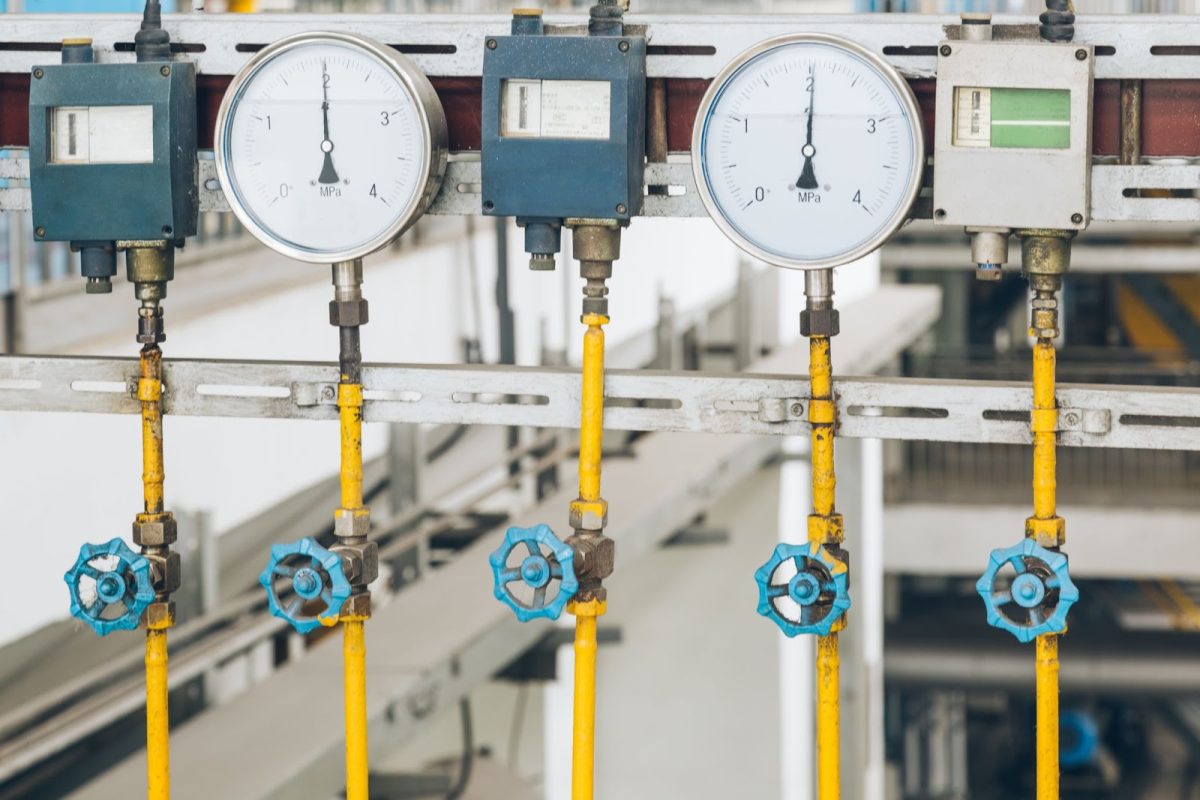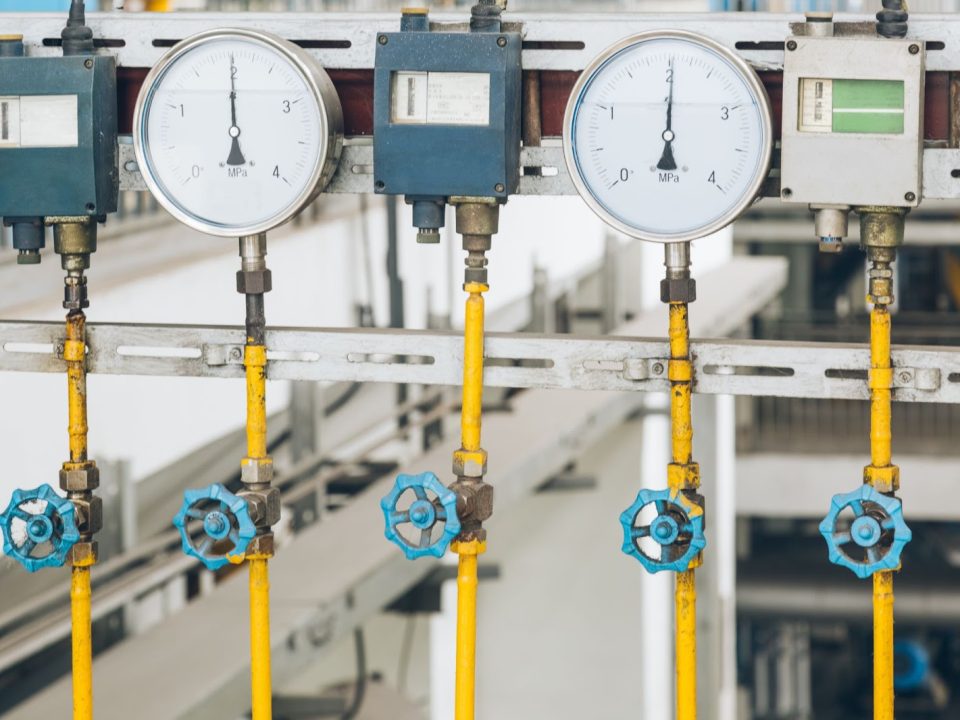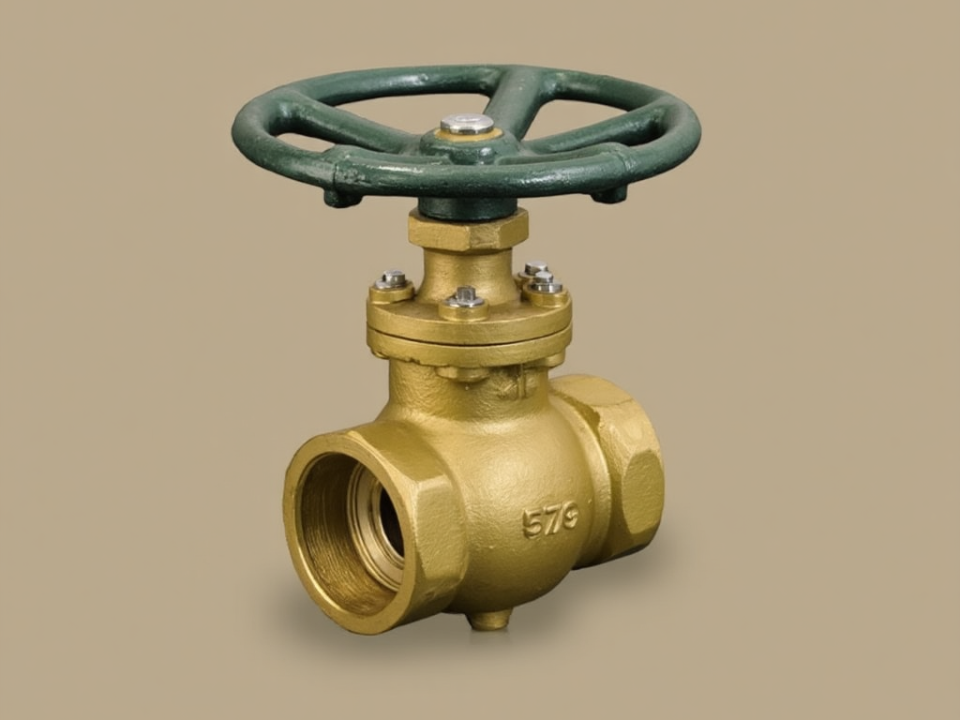
Ball valve markings provide essential information about size, pressure capabilities, and suitable applications. However, they can seem like a foreign language if you’re unfamiliar with industry terminology.
This guide will help you decode common ball valve specifications, including nominal pipe size (NPS), diameter nominal (DN), and various pressure class ratings like CWP and WOG that appear on valve bodies and documentation.
Ball Valve Size Designations: NPS and DN
Ball valves typically use two primary sizing systems, depending on whether they follow American or international standards:
NPS (Nominal Pipe Size)
NPS is the American standard for designating pipe diameter. Despite being expressed as inches (e.g., 2″), this measurement doesn’t directly correspond to the actual inner or outer diameter of the pipe. Instead, it refers to a standardized nominal size.
For example, a 2″ NPS ball valve connects to pipes with approximately 2.375″ outer diameter, while the inner diameter varies based on the pipe schedule.
DN (Diameter Nominal)
DN is the international metric designation for pipe size, expressed in millimeters. Like NPS, these numbers represent nominal rather than actual dimensions.
For instance, DN50 roughly corresponds to 2″ NPS. When selecting valves for international applications, understanding the DN equivalent ensures proper sizing.
For detailed information on sizing considerations, our guide on industrial ball valve dimensions provides comprehensive information on selecting the right valve size for your application.
Understanding Ball Valve Pressure Ratings
Pressure ratings indicate the maximum pressure a valve can safely handle at specific temperatures. Here are the most common ratings you’ll encounter:
What Does CWP Stand For?
CWP stands for Cold Working Pressure, indicating the maximum pressure a valve can handle at ambient temperatures (typically 100°F or 38°C). This rating assumes the valve is handling non-shock cold water, oil, or gas service.
For example, a ball valve marked “CWP 800” can safely operate at pressures up to 800 PSI at ambient temperature.
What Does WOG Mean on a Valve?
WOG stands for Water, Oil, Gas, indicating the valve is suitable for these three media types. A WOG rating specifies the maximum pressure the valve can handle when working with these fluids at ambient temperature.
For instance, a “600 WOG” ball valve can withstand pressures up to 600 PSI when handling water, oil, or gas at normal temperatures.
WOG ball valves are versatile options for various industrial applications because of their multi-media compatibility. However, always verify that the specific media in your system is compatible with the valve’s materials.
Class Ratings Explained
ANSI/ASME class ratings provide a standardized pressure-temperature relationship for valves:
Class 150
The most common rating for standard industrial applications, Class 150 valves typically handle pressures up to 285 PSI at ambient temperatures, with decreasing ratings at higher temperatures.
Class 300
For medium-pressure applications, Class 300 valves handle up to 740 PSI at ambient temperatures. These are common in more demanding industrial environments.
Class 600 and Higher
These high-pressure ratings are used in specialized applications where system pressures exceed those handled by Class 300 valves.
Body Material Designations
Ball valve specifications often include material codes that indicate what the valve body is made from:
- WCB: Cast carbon steel
- CF8M: Stainless steel (316)
- CF8: Stainless steel (304)
- LCB: Low-temperature carbon steel
- LCC: Low-temperature carbon steel (improved impact resistance)
The material selection affects pressure ratings, temperature limits, and chemical compatibility.
End Connection Types
Ball valve specifications also include connection type, which must match your piping system:
- Flanged: Using standardized flanges (RF, FF, RTJ)
- Threaded: NPT or BSPT threads
- Socket Weld: For welded connections
- Butt Weld: For direct welding to pipe
For specialized flow control applications, 3-way ball valves offer additional configuration options beyond standard 2-way designs.
Temperature Considerations
While pressure ratings typically reference ambient temperatures, valves must be derated for higher temperatures. Manufacturer charts show how much the pressure rating decreases as temperature increases.
For example, a Class 150 valve rated for 285 PSI at 100°F might only handle 260 PSI at 200°F.
Conclusion
Understanding ball valve specifications ensures you select the right valve for your application. By correctly interpreting size designations, pressure ratings like CWP and WOG, class ratings, and material specifications, you can avoid costly mistakes and ensure system safety.
When comparing ball valves with other options like gate valves, our guide on gate valve vs ball valve differences can help you determine which is more suitable for your specific application.
Remember that these specifications work together as a system; the pressure rating is only valid for the specified temperature range and media compatibility. Always consult manufacturer documentation for the most accurate information for your specific valve model.




